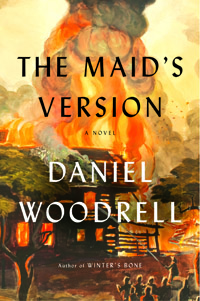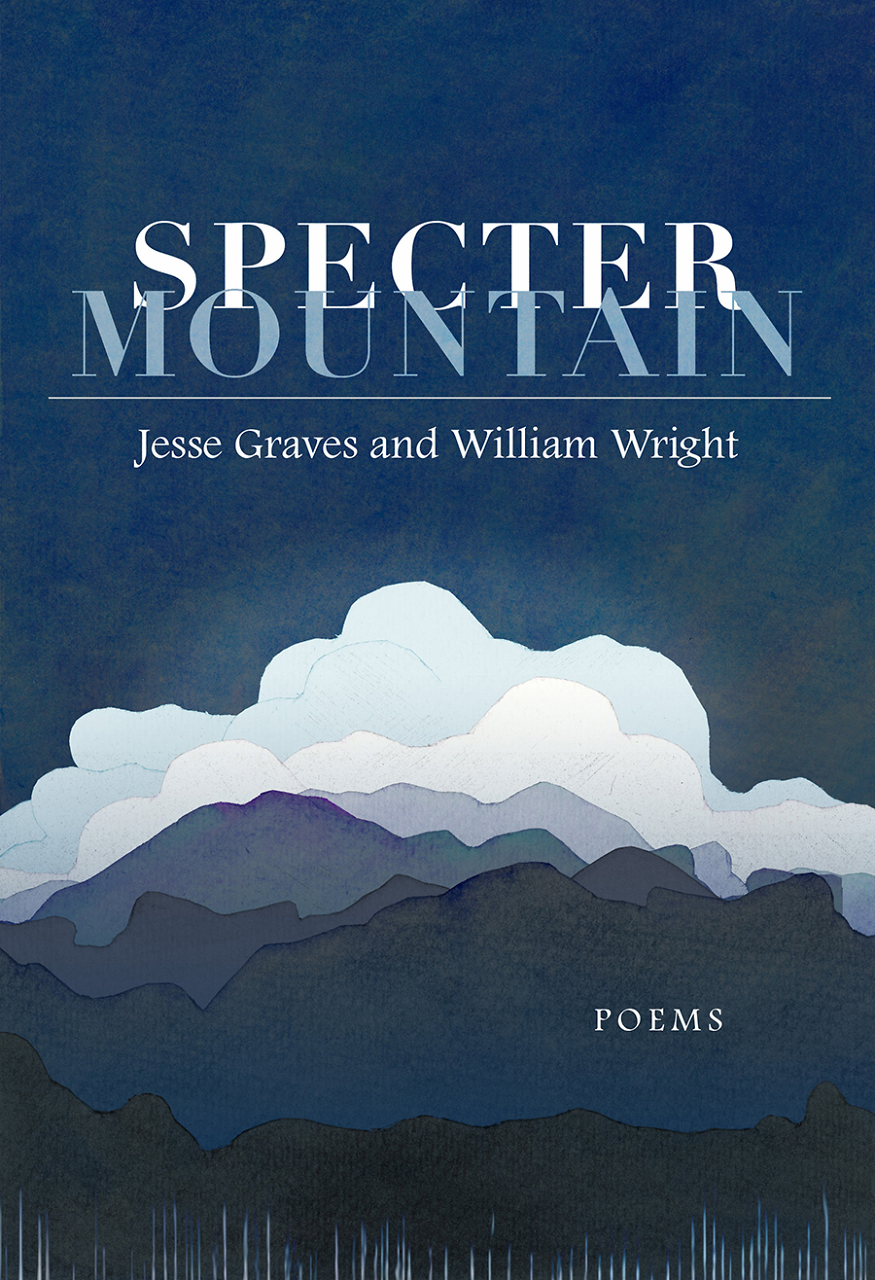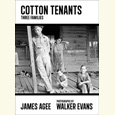A Town Defined By Violence
In Daniel Woodrell’s The Maid’s Version, the Ozarks are beset by mayhem
Daniel Woodrell’s characters live in a dangerous world. In Woodrell’s telling, the Ozark Mountains of Arkansas and Missouri teem with violence of endless variety. Scenes of casual cruelty, like the baiting and humiliation of a homeless man, follow short passages of sexual abuse and bloody bar fights. Some folks store up feelings of injustice and plan their vengeance for years; others release their fury with sudden attacks that lead to consequences as brutal as they are unforeseen. Everyone understands that life-threatening danger is simply a fact of life. When one character is asked how her mother ended up with “only half a nose,” she responds simply, “Just living. Something you don’t see got her.” Malevolent forces, seen and unseen, haunt every page of Woodrell’s new novel, The Maid’s Version.
 The devastating act at the center of The Maid’s Version—a 1929 explosion at the Arbor Dance Hall that killed forty-two people—continues to define the town of West Table decades later. The fact that the case remains unsolved, at least officially, means that the town’s identity remains in flux, as well. Were the dead the victims of out-of-town gangsters pursuing an unrevealed reprisal? Was the local hell-and-damnation preacher trying to hasten the revelers to eternal fires? Or was it a crime of passion, the result of a love affair that soured and turned combative? Each version provides citizens with a different foundational story, and what the citizens of West Table perceive to be the truth colors their sense of who they are.
The devastating act at the center of The Maid’s Version—a 1929 explosion at the Arbor Dance Hall that killed forty-two people—continues to define the town of West Table decades later. The fact that the case remains unsolved, at least officially, means that the town’s identity remains in flux, as well. Were the dead the victims of out-of-town gangsters pursuing an unrevealed reprisal? Was the local hell-and-damnation preacher trying to hasten the revelers to eternal fires? Or was it a crime of passion, the result of a love affair that soured and turned combative? Each version provides citizens with a different foundational story, and what the citizens of West Table perceive to be the truth colors their sense of who they are.
In the years following the dance hall catastrophe—through the Depression, World War II, and the Cold War—“accusations and denunciations” flew, reputations were ruined, and outcasts fled before lynch mobs could mobilize. Many of the town’s unhinged residents (a disproportionate share of West Table’s populace) confessed to the crime and begged to be punished. “Two of the more eager confessors were next door neighbors who became perennials,” writes Woodrell, “and their testimonies expanded in competition over the years into picaresque recitations of unforgivable guilt and delicious subplots.”
 One woman, Alma DeGeer Dunahew, believes she knows not only who the perpetrator is but also his motive for the crime. Alma wants her version of the story to be heard, so she browbeats her grandson, Alek, the novel’s narrator, into spreading it throughout the town. In doing so, Alek manages to paint a broad-canvas portrait of his hometown as a place beset by seething rages and unrequited blood lust. Nevertheless, the tale also illustrates the resilience of Woodrell’s characters: they suffer the flames but later rise from the ashes to fashion a new existence.
One woman, Alma DeGeer Dunahew, believes she knows not only who the perpetrator is but also his motive for the crime. Alma wants her version of the story to be heard, so she browbeats her grandson, Alek, the novel’s narrator, into spreading it throughout the town. In doing so, Alek manages to paint a broad-canvas portrait of his hometown as a place beset by seething rages and unrequited blood lust. Nevertheless, the tale also illustrates the resilience of Woodrell’s characters: they suffer the flames but later rise from the ashes to fashion a new existence.
Woodrell understands that communities are shaped by large socio-economic forces but derive color from their unique histories and quirky traditions. His narrator seems mournful about the transformation of the region from a community of farmers into an industrial hub, a change that began in 1890 when people “turned their backs from the green places, the unfurling mud of the old home, and trudged toward factory money and landless days, lured to town by a tall gray pipe puffing smoke that marbled darkly into a stoic sky.”
More intimately, Alek remembers when he and other citizens witnessed the Black Angel, the sculpture honoring those killed in the dance-hall explosion, dance for the first time. The townspeople had assembled at the site to commemorate the sixtieth anniversary of the tragedy by chanting the names of the dead “until we all suddenly saw the same thing and popped to our feet. The crowd gasped in unison like a practiced choir. The Black Angel jigged an inch left, jigged an inch right, then ever so slightly to and fro.” The assembled mourners are mystified: the dead have been buried for so long, “why dance now?”
A town’s mysteries go beyond the source of its tragedies and the gruesome details of its aftermath. For all the pain and suffering in this short novel, Woodrell allows for moments of grace, too, when situations expected to produce violence pass without incident, giving happiness momentary rein. When two bookish misfits begin dating and dare to show their love in public, everyone expects public humiliation. Instead, potential bullies find other amusement, and the couple gets “to do what others do, go out on a beautiful Saturday night and dance in a crowd.” No matter how pervasive the darkness, Woodrell seems to be saying, glimmers of light can find ways of sneaking through.
Daniel Woodrell will discuss The Maid’s Version at the twenty-fifth annual Southern Festival of Books, held in Nashville October 11-13, 2013. All festival events are free and open to the public.


